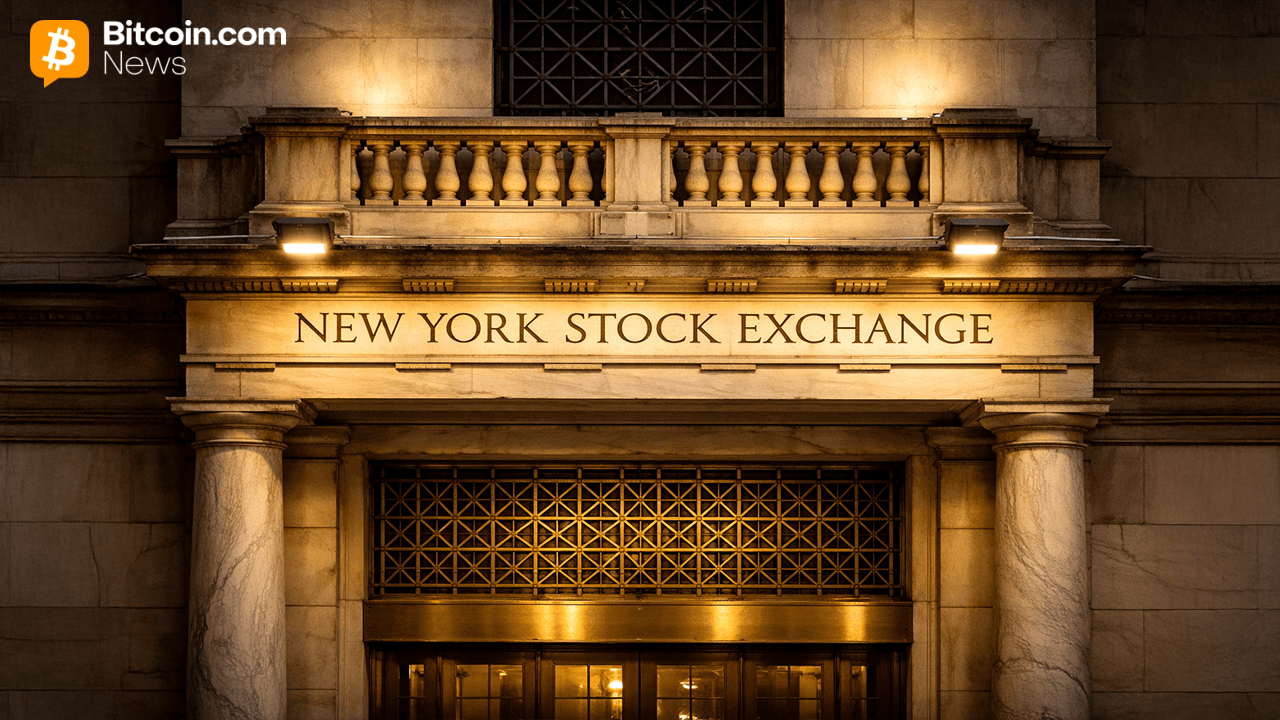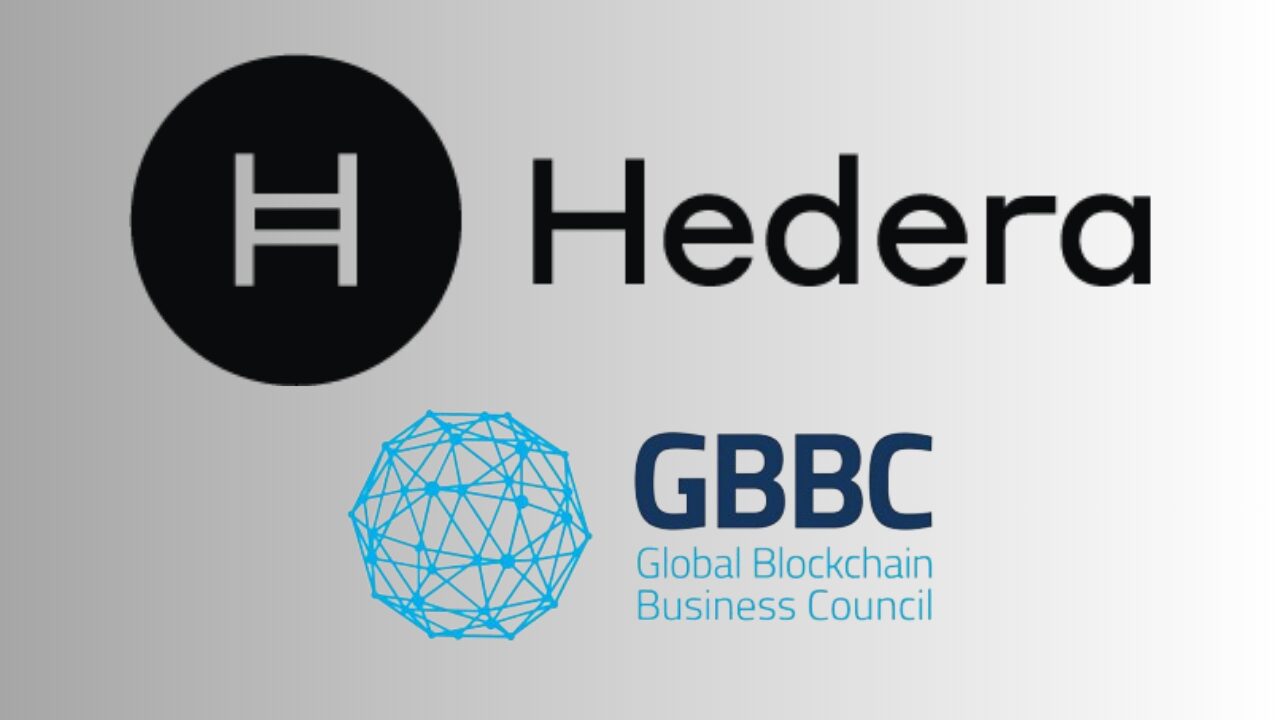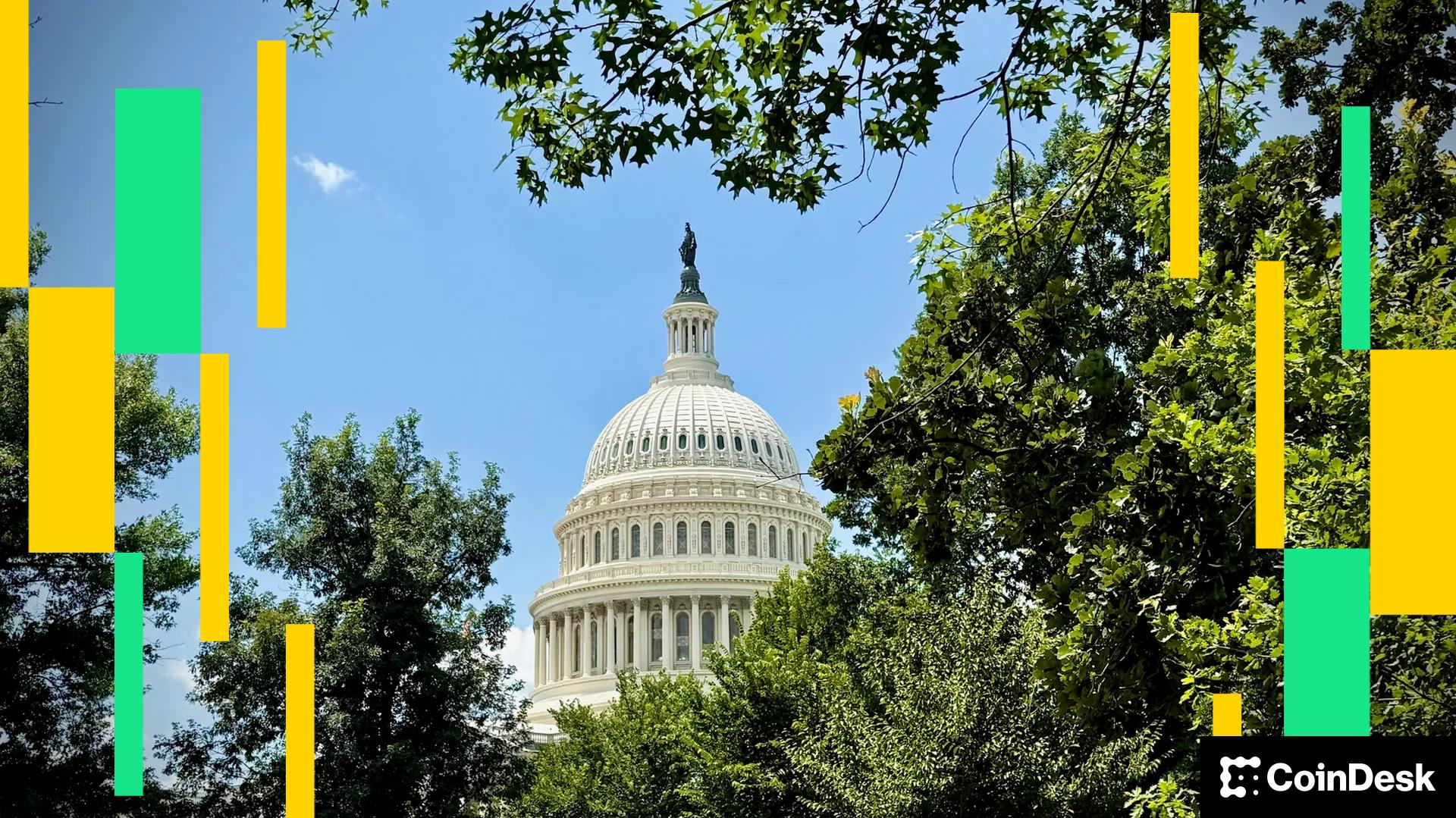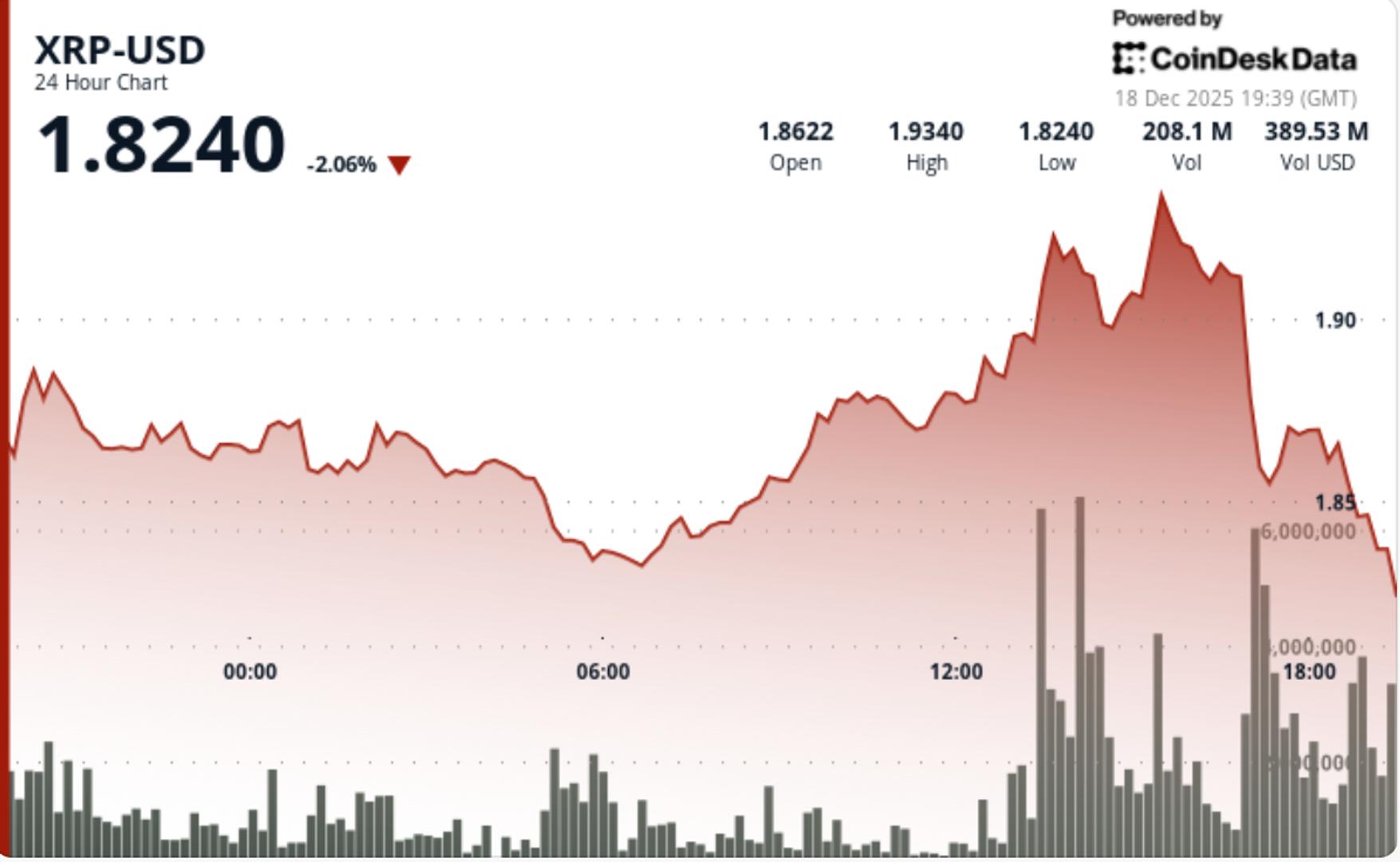Ripple’s Vision for Building the Internet of Value AllinCrypto October 20, 2025
Ripple, going far back to its early beginnings with Chris Larsen, has pursued a clear mission to enable the Internet of Value (IoV).
The Internet of Value equals a world where money moves as easily, quickly, and inexpensively as information does on the Internet itself. Like how the Internet revolutionized communication, Ripple aims to change global finance by creating protocols and infrastructure that make the transfer of value instantaneous.
This vision is built on blockchain technology, interoperable payment networks, and digital assets like XRP and RLUSD, Ripple’s RLUSD stablecoin.
How Ripple is Solving the Frictions of Global Money Movement
The concept of an Internet of Value transcends the layout of existing financial systems, where money can be jammed in slow, fragmented networks filled with 3rd party intermediaries.
Ripple’s ecosystem, spanning payments, liquidity management, tokenization, and compliance infrastructure, is designed to bridge traditional and digital finance.
By building a unified global network of financial institutions and businesses. Ripple is making seamless value exchange a reality.

The current finanical system relies on infrastructure like Swift, where transactions can take days and cost significant fees that may feel unnecessary compared to blockchain-based payments, which can be faster and cost almost nothing.
Ripple aims to replace payment inefficiencies with real-time settlements and end-to-end transparency using a distributed ledger, allowing payments to complete within seconds.
At the core of this is Ripple Payments, the XRP Ledger, RLUSD, and XRPL’s DeFi protocols. Ripple Payments presents businesses with a way to enable fast, cost-effective cross-border payments.
Ripple has been used to facilitate low-cost, fast cross-border payments between Brazil and Portugal with Unicâmbio. Ripple’s payment systems can drastically reduce liquidity costs and expand access to emerging markets, making global commerce more inclusive and efficient.
In addition, Ripple’s On-Demand Liquidity solution allows institutions to send payments instantly using XRP for settlements.

On Hidden Road, a prime brokerage firm acquired by Ripple, RLUSD has been accepted as collateral for all Hidden Road services. In October 2025, Ripple acquired GTreasury for $1 billion, with many expecting Ripple to introduce new custody features with banks and firms via GTreasury.
Brad Garlinghouse, CEO of Ripple:
Ripple’s and GTreasury’s capabilities together bring the best of both worlds, so treasury and finance teams can finally put their trapped capital to work, process payments instantly, and open up new growth opportunities.
Expanding the Ecosystem with RLUSD and more
Ripple’s introduction of RLUSD, a US dollar-backed stablecoin, was part of Ripple’s step toward creating the Internet of Value.
RLUSD was designed for enterprise-grade usage, able to abide by compliance and regulatory rules. As it’s integrated with Ripple’s payment solutions, RLUSD allows for the seamless movement of value, able to serve in new use cases within trade finance, remittances, and DeFi protocols.

Brad Garlinghouse, CEO of Ripple:
We are at an inflection point for the next phase of digital asset adoption – the US market is effectively open for the first time due to the regulatory overhang of the former SEC coming to an end, and the market is maturing to address the needs of traditional finance.
With these tailwinds, we are continuing to pursue opportunities to massively transform the space, leveraging our position and the strengths of XRP to accelerate our business and enhance our current solutions and technology.
As digital assets, stablecoins, and tokenized real-world assets become more mainstream in modern finance, Ripple’s architecture wants to be at the forefront, beating possible competitors like Ethereum and its layer 2’s.
Swift has announced plans to build their own distributed ledger with Linea, an Ethereum layer 2 network led by Consensys. There may be competition here, but until Swift’s network is up and running, there’s still room for Ripple and XRPL to fill.
Heading into 2026, Ripple’s strategy is clear, aiming to create a global value network where money moves as freely as information on the internet.
The post Ripple’s Vision for Building the Internet of Value first appeared on AllinCrypto.






